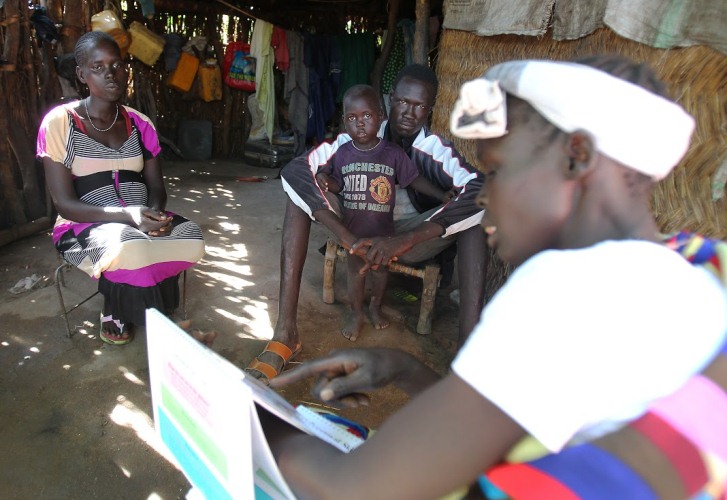I recently attended the 2018 Canadian Conference on Global Health (CCGH) with World Vision. As a policy advisor working in Ottawa, it’s a great opportunity to hear from colleagues who work directly with beneficiaries to gain insight into how policy work can support programs. Plus, it’s a fun opportunity to connect with people who I rarely get to see.
As is always the case with CCGH, there was an incredible wealth of sessions to choose from, appealing to every possible person: from self-professed monitoring and evaluation nerds, to an increasing number of public engagement and communications professionals, who are critical for getting out our message and increasing support from the Canadian public.
The common lens for all the topics was fragility – its causes, its impacts, and what we need to do to help turn fragile contexts into stable ones. By 2030, two thirds of the world’s extreme poor will be concentrated in fragile contexts, and the majority of them will be children.[1] Women, children, and adolescents are uniquely and disproportionately affected by conflict and fragility, whether by gender-based violence, lack of adequate nutrition, broken state-societal relations, or insurmountable barriers to basic quality health services.
We know that to improve the health and wellbeing of the most vulnerable people, we need to direct a significant proportion of our resources to fragile contexts. Not only are they increasing in duration and the size of the populations impacted, they’re also increasing in complexity – civil war and conflict recovery periods are often exacerbated by environmental disasters such as hurricanes, drought, and famine. This conference examined practical interventions that can be implemented in these extremely difficult circumstances.
One intervention in particular jumped out across all of the sessions I attended. Advocacy, and community mobilization, were present in every example of meaningful and sustainable health system change. All of the sessions at the conference incorporated locally driven and owned advocacy solutions, whether it was through community involvement in governance and leadership seen in the work done by the Red Cross and World Vision on the Boma Health Initiative, or the CanWaCH workshop on paving the pathway of gender equality from gender-unaware to gender-transformative. Finally, the Honourable Helen Clark reinforced community-led solutions as a key to transformational change in humanitarian crises.
We know the logic behind this. Those impacted by fragility are the experts of their context – they know what caused it, what needs to be done to fix it, and what resources are already available to them. These advocates will also remain with their communities, holding governments to account and ensuring that changes are sustainable. But despite this logic, the investment in advocacy hasn’t been made the way it should – as a core component of every intervention we fund, and every program we run.
We had a timely reminder of this on the grounds of our own conference, as some of the hotel’s employees organized a series of demonstrations to advocate for changes to their working conditions. These employees reminded us that no community can function without advocacy, and that those best placed to create change are those who live and work in the community it will impact.
Our responsibility now is to ensure that we do more than just talk about the importance of advocacy. As programming organizations, we need to build it into our models and initiatives. As researchers, we need to ensure that the local community is engaged in the research process throughout, ensuring that it provides useful and long-lasting evidence. As donors, we need to recognize the critical role of advocacy, and allocate funding accordingly.
We need to advocate for advocacy itself – and for its primary role in pulling communities out of fragility, and into transformation.
[1] Chandy et al. (2013) The Final Countdown: Prospects for Ending Extreme Poverty by 2030, Brookings Institution

